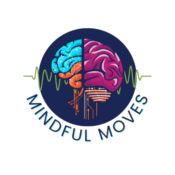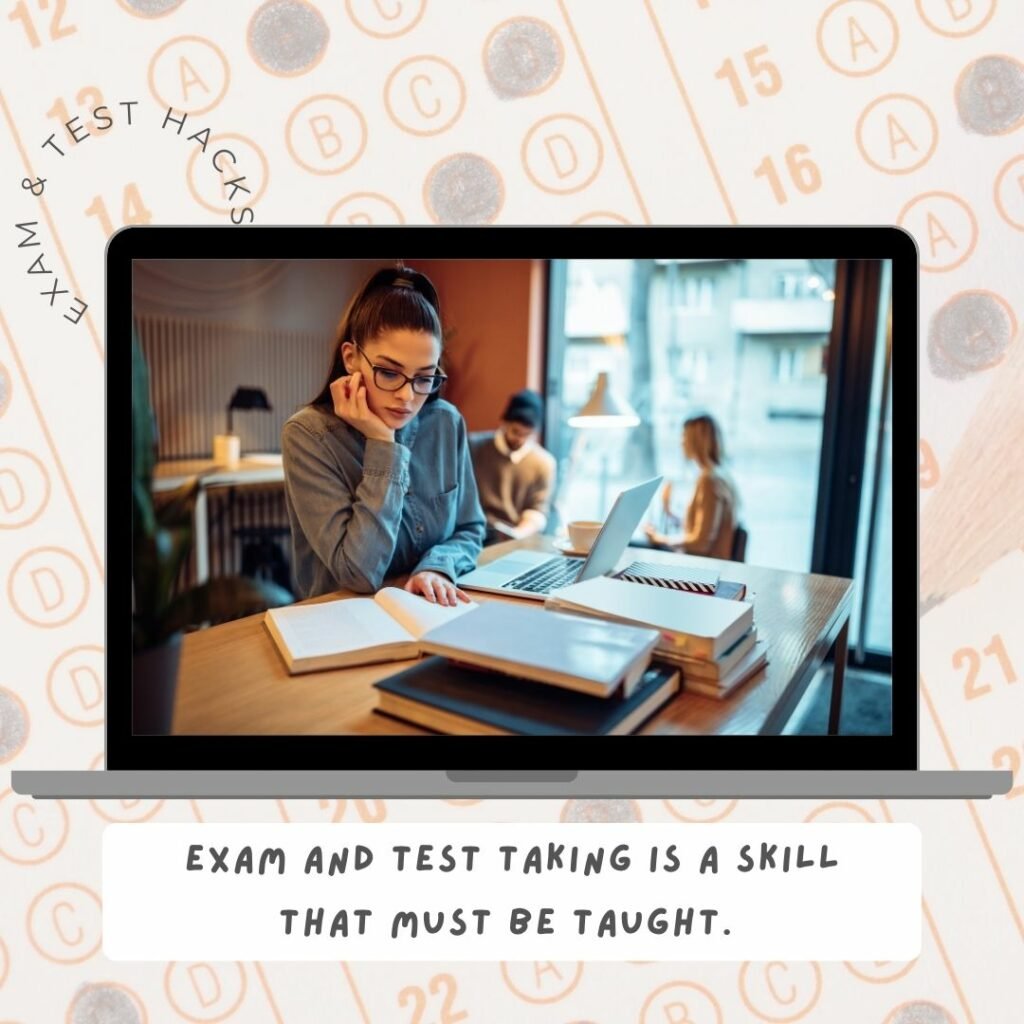
The goal is not to learn for the test, but rather for the test to help you learn for life!
Exam taking or test taking is a skill often not taught and marks often don’t reflect a child’s true abilities. People learn to pass tests, as opposed to take tests as part of their learning.
It is important to ask what the purpose of an exam or test is. Many school’s have decided to take away tests completely, which is not the best strategy. At tertiary level and in life people are required to take and pass tests.
Are tests and exams important?
Tests play an important role in understanding the level of a child’s ability to retain and recall taught information. It may offer a challenge and allows learners to develop copying skills. Life wouldn’t be life without having to work through stressful situations and learning to remain calm.
Having said this, tests and exams are among the many assessment tools available to teachers and should be evenly weighted among other methods of assessment. When test and exams are fairly weighted, children who shine in other areas are not discriminated against, while they are offered the opportunity to stretch themselves and learn how best to approach tests and exams.
Exams and tests often don’t reflect the learners true ability.
One client I saw was doing fantastically at school, but her test results often were not great. For her, the study process and test taking was so overwhelming that she was shifting into her learning profile and was not able to think clearly or recall the things she had learnt. Once the unnecessary stress was removed, she quickly began scoring well within eighty percent mark.
Tricky questions, harsh marking or only marking according to a memorandum, often result in learners obtaining marks that are not a reflection of the capabilities.
When tests or exams are set that are not appropriate for the learners, we either see a low grade average or a high grade average. Marks are either “bumped” up when tests have been to difficult or “pushed” down, when they are too easy. This serves no good as these inflated or deflated marks do not represent truthfully where the children are at in their learning and what support they need to consolidate concepts taught.
Everything needs to begin with the end goal in mind!
Teachers setting tests and exams should always keep in mind the intention of the test. Does the teacher wish to test the retain concepts, application of concepts, the language and spelling of names and places, the gramma and language skills. While language and spelling are important, they are secondary in learning areas that need to test the understanding of a concept. Children with dyslexia and other learning difficulties are often at a disadvantage when this is the case.
Tests and exams really evaluate only two things:
- The quality of teaching within that subject. Were concepts made relevant?
- The learners ability to retain, recall and apply that which they learned?
The quality of teaching!
Firstly, a test result is an indication on the quality of teaching. It asks how well the concept was taught and this looks to the teacher. I’m always amused by the teacher who blames the grade for poor marks. When most children have not performed well in a test, the question becomes what happened during the learning process, or examining of the learners?
- Was the concept taught so that all learners could understand?
- Was the exam set according to what was taught?
- Were there any mistakes in the setting of the test?
- Was the language confusing or instructions unclear?
- Was there too little time for learners to complete the test?
- Was the memorandum too harsh and inconsiderate of other potential answers?
Tests and exams are meant to allow for intervention and learning through correction, both on the teachers and child’s part.
When some learners don’t do well?
Another client was writing notes yet nothing was sticking. Writing notes or just reading them is not the way all children learn. It might work for visual learners but definitely not for this young lady who is gestalt brained and a kinaesthetic learner!
When some learners do not do well, the first question to be asked is, were all the learning styles catered for while teaching? Has the teacher considered the:
- Visual learners who learn through sight, reading worksheets
- The Auditory learners who learn by listening and talking about concepts
- The Kinesthetic learners who need to move with learning
- The Tactile learner how need to be hands on and actually work through the concepts.
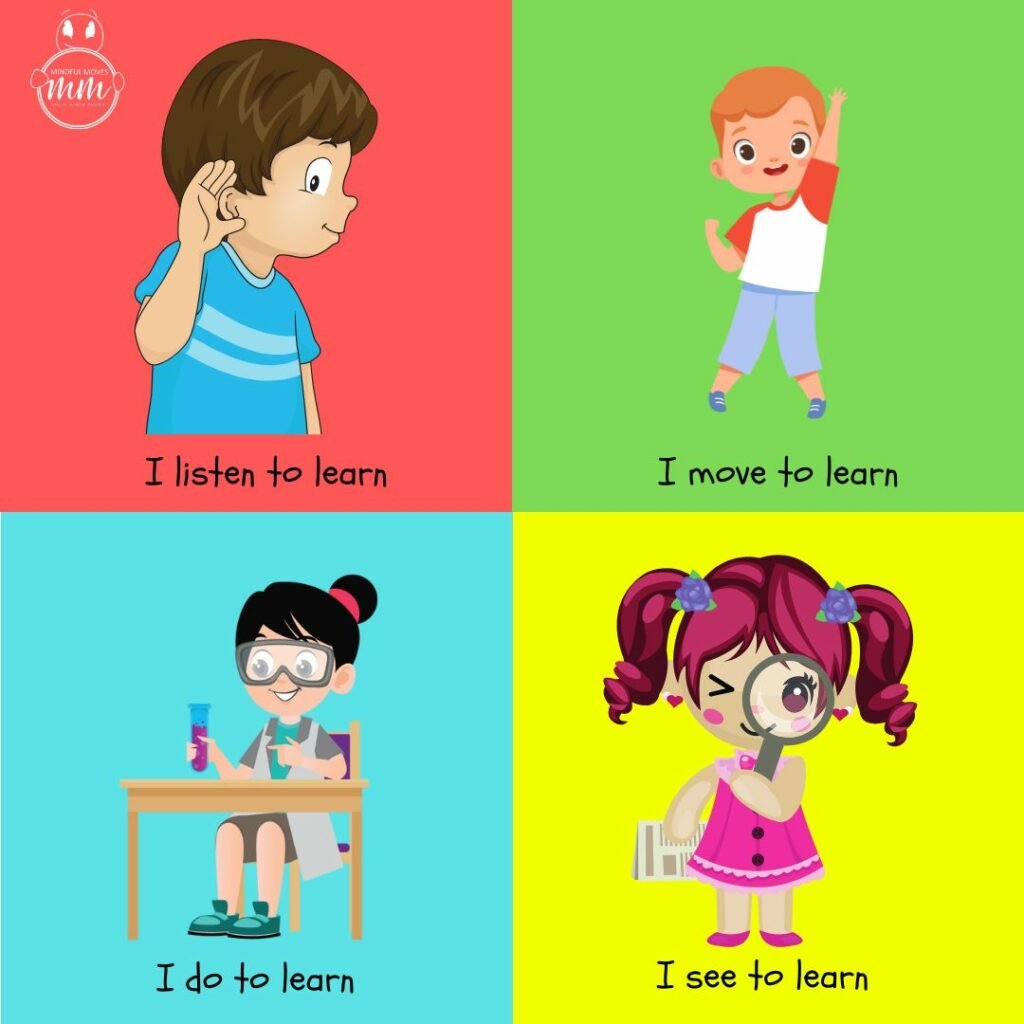
What happened when they stressed?
Most learners have become very anxious about tests and exams with unnecessary pressure to perform. This means that children are often performing in fight or flight state of being. We observe a difference between the left brained child and the right brained child.
Left- brained/ Logic child
These children suffer from huge amounts of anxiety. They often can do well, but will begin to become obsessive about their studying. They become harsh and tense. They often can’t sleep and become so driven that it is unhealthy. These children often get frustrated and are short tempered, and may snap at those around them.
Left-brain dominant children can suffer from stomach ulcers, and burn out and may not perform as well as they should in big exams.
During the test, they are rushing, driven with nervous tension scramming to finish, becoming very flustered.
Other traits include not being
- Able to put the details into an essay
- Able to write a creative story
- Able to read with comprehension
- Able to explain how the details fit together
Right-brained / Gestalt child
This child tends to back off, become overwhelmed. They’ll space out in the exam. These are the children who may write their name on their paper, turn it over and go to sleep (these are in extreme cases).
Other traits include:
- acting without thinking,
- forgetting the details,
- becoming emotional,
- spacing out and
- losing their place,
- battling with the spelling of the words
- as well as battling with definitions.

How do children learn best?
With regards to studying learners need to understand their work and work needs to seem relevant to them. This is what happens when the concepts are taught. The brain marks important information with the emotion experienced along with the information. To this day, I remember my grade 7 Natural Science teacher jumping on his desk so excited about the crab as well as him dropping bricks off the second floor to demonstrate kinetic energy.
When concepts are just facts to remember that I have no connection or experience off, it’s hard for the brain to decide what to do with it.
Cramming is not the way to go!
Cramming is another big issue…I often explain this metaphor to children. I have the desk that is cleared out all the time, a shelf that is more permanent or my file cabinet that is permanent and where I can go back at any time to fetch and use what is in there… I want to file my work, because that’s true learning and enriching who I am.
Moving for learning!
Moving while learning is important for every child regardless of your learning preferences. This is because movement builds the brain and activates the whole brain. Children move into their learning profile (hope you are getting that operating from the learning profile is bad) after sitting still for 20 minutes. Use Belly Breathing, Cross Crawl and PACE, Double Doodles and others to activate the brain for peak performance while studying. Sipping water and breathing with all is important for clear thinking and brain function.
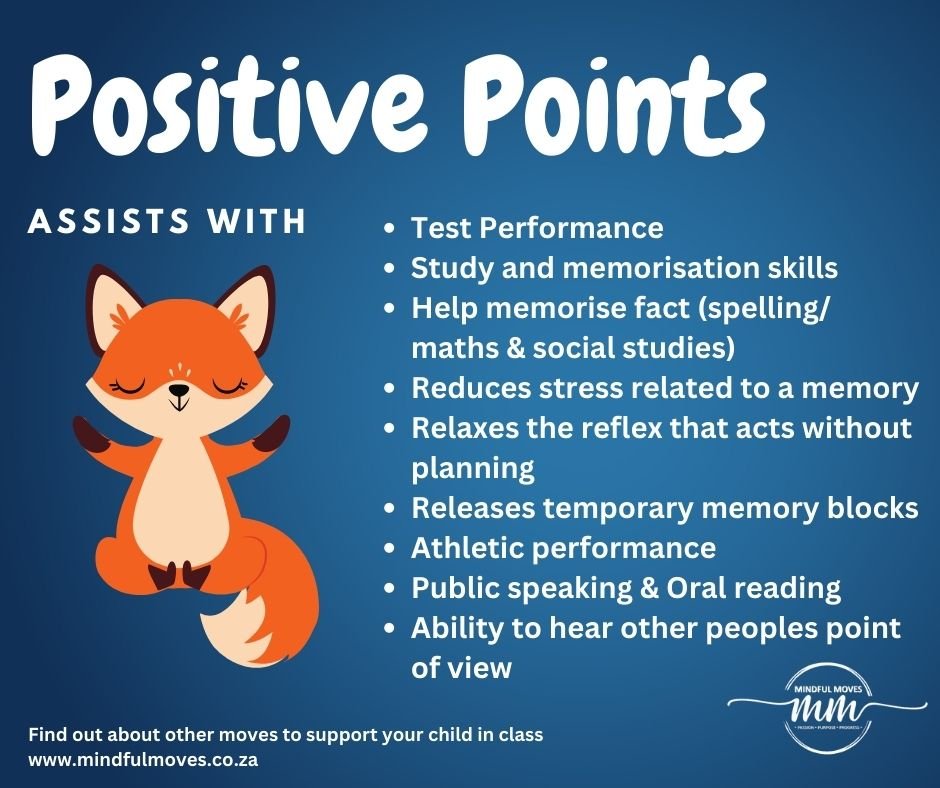
Get a good night’s sleep and stay away from energy drinks.
Get a good night’s sleep the night before. Your brain “washes” itself at night getting rid of toxins that cause brain fog… you know the students with the energy drinks are putting themselves at a disadvantage. Not sleeping and pumping the body full of sugars and caffeine that cause the very fight or flight response that results in forgetting work is counterproductive.
The morning of the test.
Start the morning with PACE and some exercises to relax you. Have a good breakfast and some water… not to much… you don’t want to write a test on a full bladder.
Only go over your work if you are not going to get overwhelmed and nervous. Spending time with your “know-it-all” friend is also not recommended before. You need to be calm and relaxed and not told that you don’t know your work.
As the test is being handed out.
While waiting for the test, breathe using Belly Breathing and you can even include your Lazy 8. Do not allow other children or teachers to upset you. See the test as a challenge. There is nothing more you can do at this point and this might even be fun? Even a game or puzzle to “beat your last score!”
Things to look at once you have the test in front of you.
When you get the test look at the following:
- Which teacher set the test
- Which teacher is marking the test
- The total marks
- The amount of time you have.
- Pages
Which teacher set the test?
You will come to know the different teachers styles of asking questions and their expectations. Some teachers ask trickier questions and you might need to really need to get into the details. Your gestalt teachers will ask for more of the context, the emotional aspects and relevance of the work. (This is why we profile teachers too.)
Which teacher will be marking the test?
Usually, your teacher will mark your paper. Which can be a positive as he or she know you and how you perform in their class. When you are lucky, it’s your teacher who set the paper and you will know their questioning and marking style from the feedback given in their class and your books. They may even have dropped helpful tips for the test, during their lessons.
The mark allocated.
The number of marks and time allows you to work out how many marks you sure aim to get per minute. This will help with time management and before you start you might set up milestones for you to be at certain stages at certain times.
The number of pages.
Pages are important. Look through your test. A smart teacher will have put ” 1 of 9 pages” on their tests so that you can see if there are any pages missing. This happens, it’s part of human error and you don’t want to come off second best if you didn’t notice a page missing.
Looking through the test also allows you to see if there is anything on the back page. Many of us have breathed a sigh of relief, thinking we are finished to turn the page over and find the essay question.
Read the instructions!
We often think these are just to make the test look full and included, ” read carefully” “write neatly” and ” Good luck”. But it is here that teachers might tell you to choose between answering certain questions or vital details. Let’s start the test!
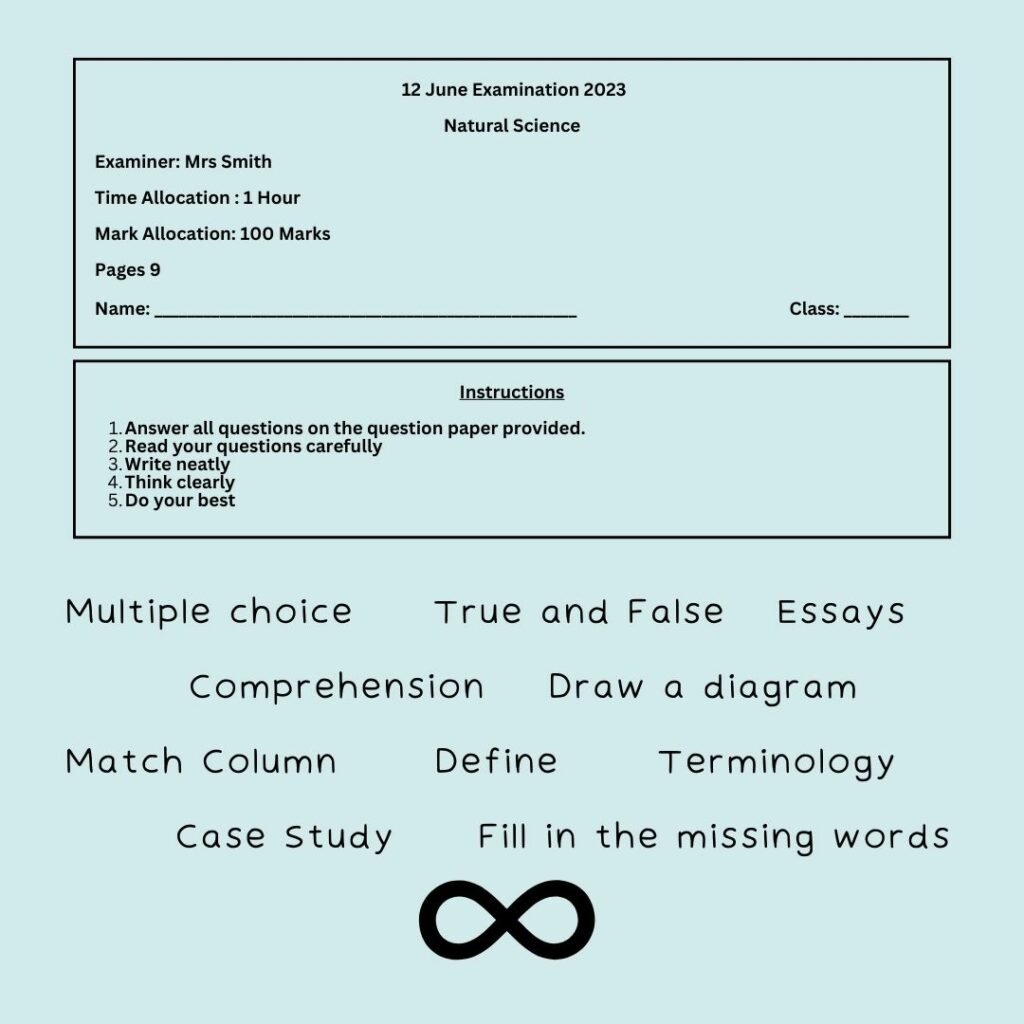
Make Sure to write your name!
Many learners have forfeited their marks or frustrated their teachers by not writing their names on the test. Remember to write your name on the test. Make sure to write your name and surname as well as your class. If there is time, it does not hurt to write your initials and surname on each page, in case the test pack comes apart.
Rate the Questions.
Go through the test now and mark:
1- for answers to know
2- for answers I must think about a bit
3- for questions that are causing anxiety.
Start with your number ones. This will set you off to a good start. You’ll find your rhythm and feel more confident and you are almost guaranteed those marks. You can head into trickier questions knowing you already have marks.
Then move over to the number 2’s and leave the number 3’s for last. When we answer a paper the way it is set out, we can become overwhelmed by the difficult question, we panic, move into our learning profile and the rest of the test will be compromised by our limited unclear thinking. All of a sudden we think we don’t even knows the answers we really do, forget facts, blank and are acting without reason.
The power of the Lazy 8.
The Lazy 8 and breathing becomes terrific here, especially if you have a teacher and parent who knows what it means. Drawing a Lazy 8 next to the question causing stress, will shift you out of your learning profile. And maybe you still don’t understand the question or the work, but you have a much better chance accessing all your resources to do your best in that situation and maybe get a few marks rather than none at all.
Write as neatly as possible.
Some learners with active reflexes battle with hand writing skills. It is important to work on these reflexes so that handwriting improves. I believe that this is not an area that should be accepted as poor handwriting means that other learning milestones have been missed and will limit the child in future. Rather deal with untidy handwriting. If it is something you are working on, but the child has not yet developed a legible handwriting especially when needing to work under pressure, have them accessed by an educational psychologist and apply for a scribe or other concessions for handwriting.
Different types of questioning.
Tests have certain types of questions from:
- Multiple choice
- Define / terminology
- Match the colums
- Explain in terms of a passage for essay
- Comprehension and case studies
- Fill in the missing word
- True and false
- Transformation questions
- Find the error
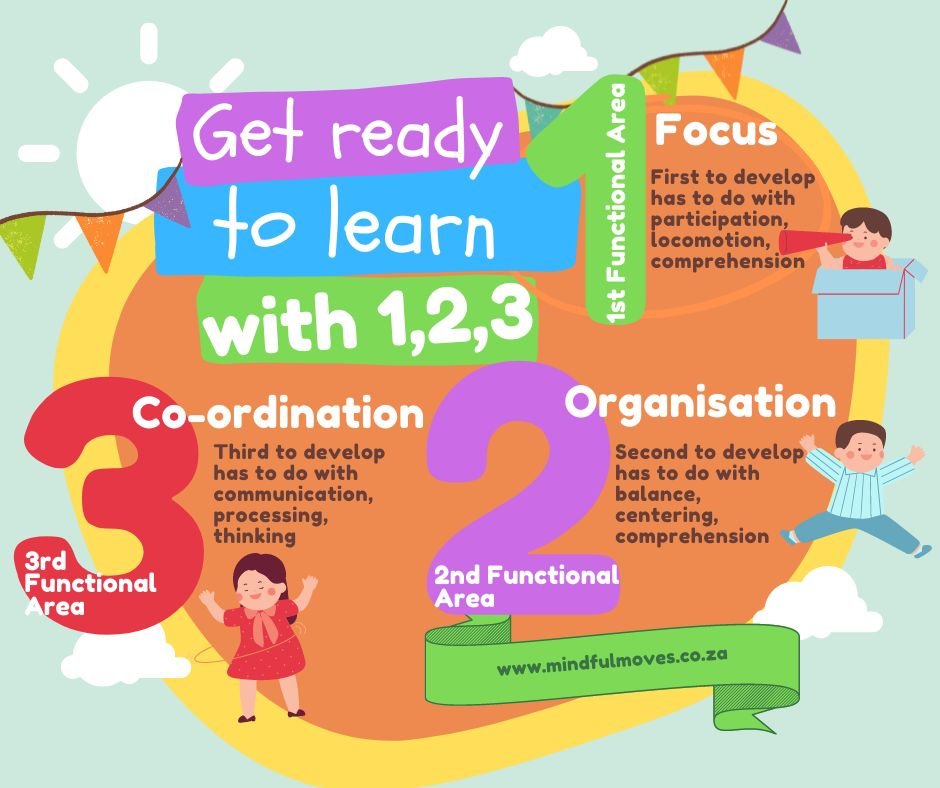
Concessions.
Learners may apply for concessions for exams and tests. Concessions might include:
- Additional time – An extra 5, 10 or 15 minutes allowed for each hour of the exam.
- A Scribe – Someone who writes exactly what the learner dictates.
- A Reader – Reads all the test in an examination paper to a learner.
- Amanuensis- Reads all the text in an examination paper to a learner. A sperate venue is required.
- A Prompter – To refocus a learner who is easily distracted.
- Spelling – An accommodation awarded for spelling.
- Handwriting – An accommodation for untidy handwriting.
- Braille – Writing for visually impaired students
- Enlarged print – To assist with visual difficulties
- A computer – for learners to present work in typed form.
- Medication / Food intake – Opportunity for learner to eat or take medication during tests.
- Practical Assistant – For learners who are physically disabled.
- Rest Break – Time to rest and move away from the desk during the exam.
- Separate – For learners who need a quit venue.
- Special Equipment – The examining body must be notified of any specific equipment required.
In order to get such concessions from the department of education, you may be required to have your child assessed by an educational psychologist. You school would also need to submit forms on your behalf. Never leave this to the last minute as these things take time.
Tests and exams are learning opportunities!
The teacher who must intervene with children who do not understand work, will know that this is where you hot tripped up and parents should see tests. Remember that tests and exams are a part of the learning process. This is the intellectual property of the child, the minor for who the parents are responsible, can go through it in detail with the child allowing them and tutors to really support children in consolidating concepts that teachers don’t have time to revise (The ATP story).
Let us assist you!
For those learner who do not know their learning style of how their brain organises itself for test taking, get into touch for a profiling session. We also have courses to teach parents, learners and teachers the above mentioned moves so that children can truly access their gifted space for test taking.
Workshops for learners.
We also offer workshops that cover the following:
- Learning
- Memory Techniques
- Concentration
- Creative Thinking
- Listening and Communication
- Reading and Spelling
- Writing Skills
- Mathematics
- Homework
- Exams
Contact us
Head over to our website for further information www.mindfulmoves.co.za
